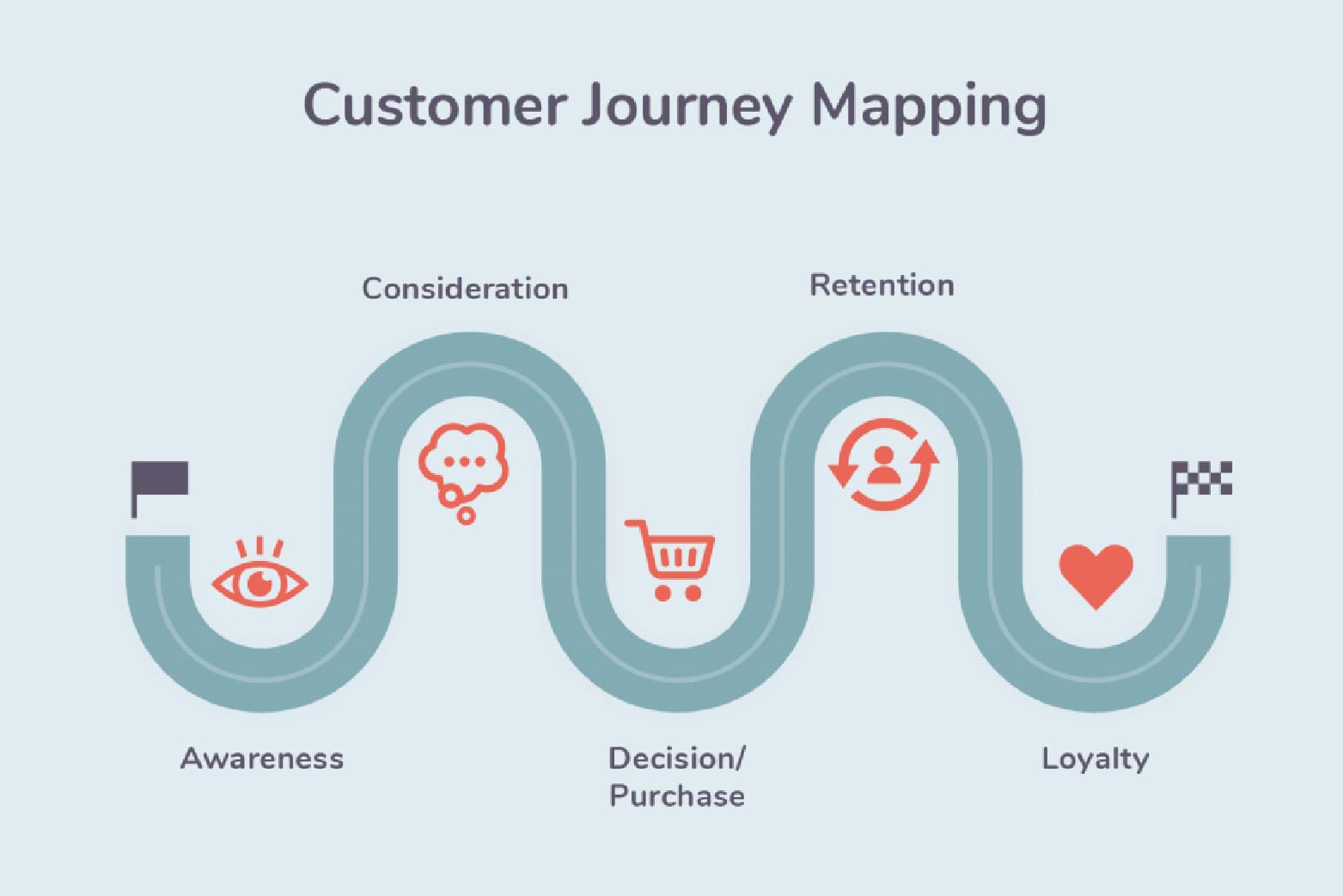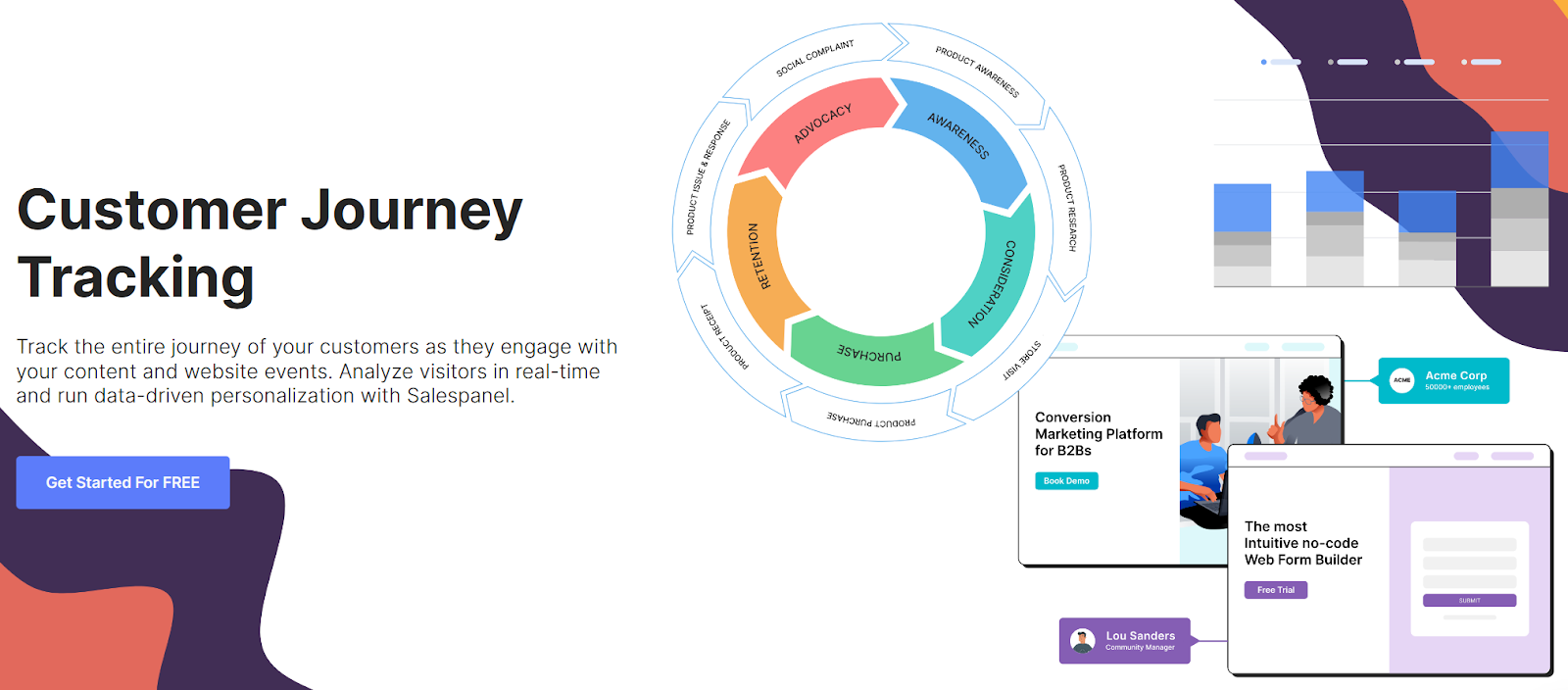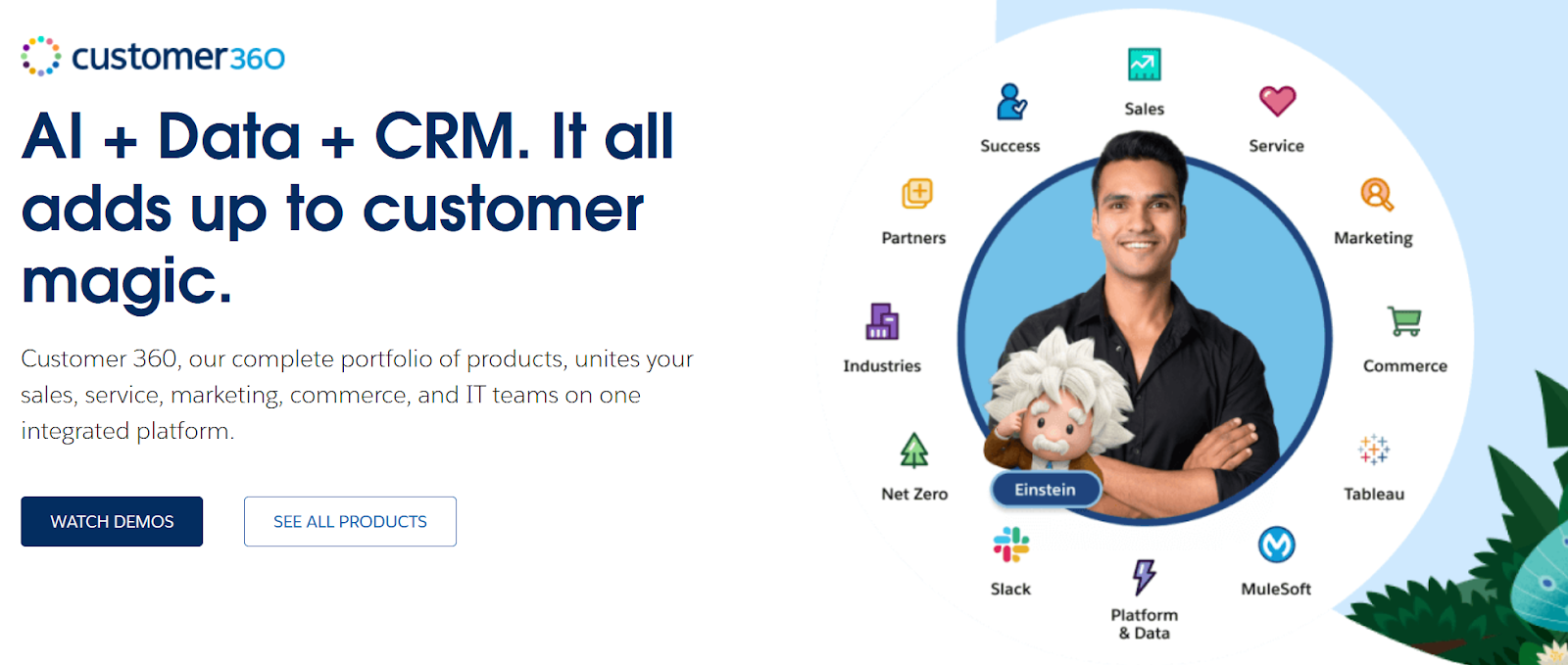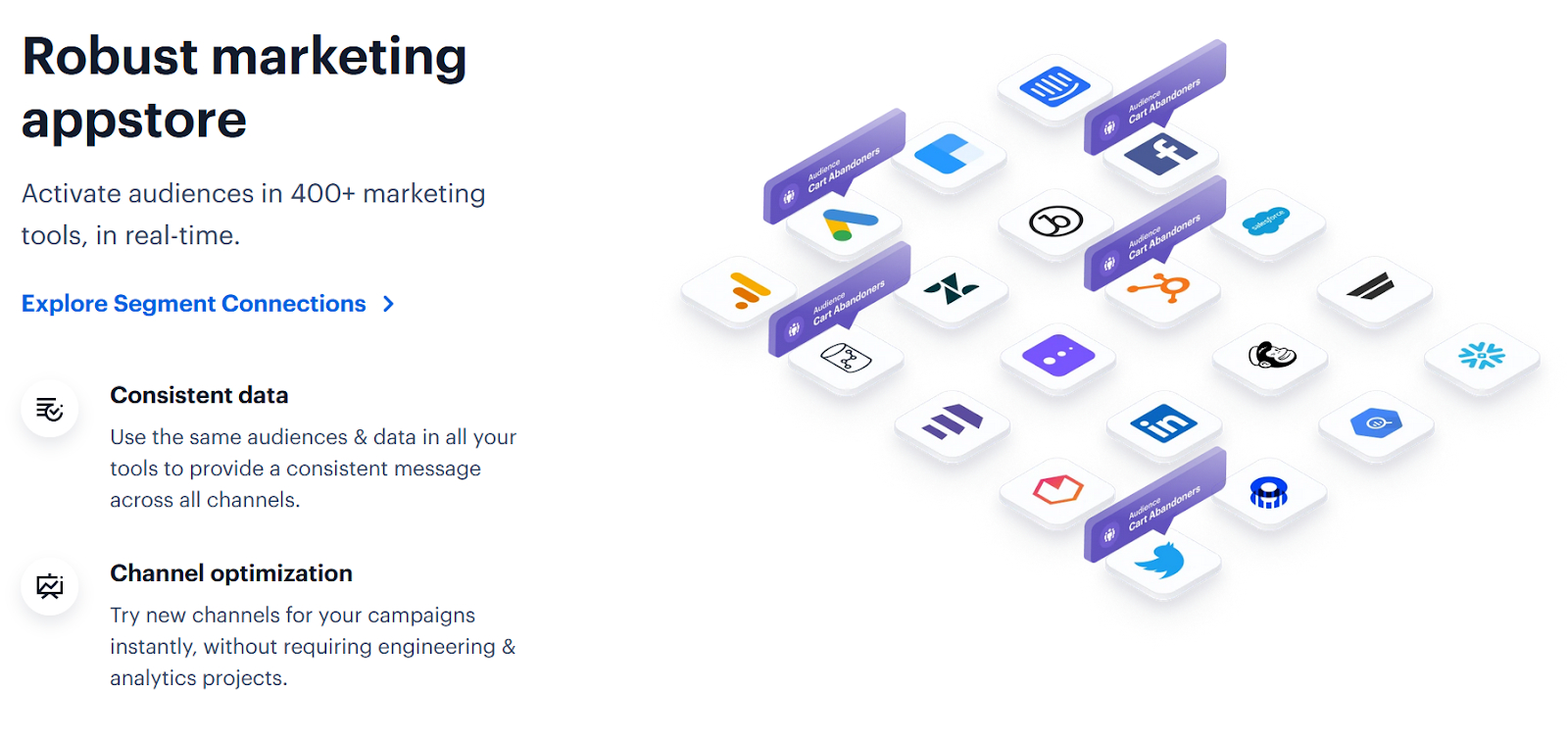Customer Journey Orchestration in 2023
Customer experiences and the customer journey has been a major talking point in marketing for the past decade. This has warranted a major shift when it comes to the general marketing approach.
To sell any product these days, you need to ensure the buyers enjoy the whole process of buying and using the particular product. To win at this, your customers need to feel like they’re assisted by a salesman who knows them throughout the buyer’s journey. And, the customer wants this without actually being persuaded by a real sales rep.
Sounds difficult right? To deliver this level of personalization and consistent experience to all potential customers might be one hell of a job. But, it’s not impossible.
There are several strategies you can implement to accomplish this task and see how they combine into Customer Journey Orchestration.
Defining the Customer Journey
The customer journey is the comprehensive depiction of the entire process a buyer goes through which starts with brand awareness and ends with brand advocacy. The buyer interacts with the brand, product, or service at different stages via marketing touchpoints.
The customer journey reflects the emotional, cognitive, and behavioral shifts that occur for a customer along the way. These shifts are what lead to the final conversion and the customer eventually becoming a brand advocate.
To say a B2B Customer Journey is dynamic would be an understatement. Customers engage with various channels and encounter diverse stimuli that shape their perception. Their experiences through the customer journey drive their decision-making and overall relationship with the brand they’re interacting with.
Thus, understanding and actively managing the experience a brand provides through its customer journey is important. This requires expertise in marketing intelligence, attribution, and behavioral analysis driven by reliable and accurate data.
So how does one actively manage a customer’s experience along their customer journey? With Customer Journey OrchestrationI
What is Customer Journey Orchestration?

Image Source: Acquire
Customer Journey Orchestration is a strategic and customer-centric marketing approach. It involves designing, optimizing, and actively managing the various touchpoints and interactions a customer experiences while engaging with a brand.
It focuses on delivering a seamless and personalized omnichannel customer journey experience. By ensuring that customers receive personalized positive experiences consistently, a brand can achieve significant gains in marketing effectiveness.
Imagine yourself as the conductor of an elaborate orchestra and replace musicians with touchpoints. This is what Customer Journey Orchestration is. The goal is to actively manage each touchpoint and deliver a pleasing performance to potential customers.
Ensuring an omnichannel delivery of a pleasing customer journey experience is pivotal. This not only creates a strong momentum leading to purchase but also turns customers into strong brand advocates. By leveraging data and insights, businesses can identify critical touchpoints. These touchpoints can then be personalized as per the customer’s liking to cement the positive experience being delivered. For example, when a customer initially discovers your product or services, your job is to serve them content that hit their pain points while introducing them to your product or service. As the journey goes on, more relevant content and materials like case studies and testimonials can be served to increase their trust on your brand.
Executing this manually is simply not possible. However, several tools can help you automate this entire process. This not only enhances customer satisfaction but also drives engagement, conversion, and loyalty.
Now, let’s talk implementation.
Customer Journey Tracking and Mapping
Managing the experience delivery throughout the customer journey can be a magical thing. However, a prerequisite for that is to know and understand your customer’s journey. For that, you need Customer Journey Tracking and Mapping.
Let’s find out what these two functions are.
Customer Journey Tracking

Image Source: Netmind
Customer journey tracking involves the systematic collection and analysis of data related to customer interactions at various touchpoints throughout their engagement with a business.This data can encompass website visits, social media interactions, email communications, customer support inquiries, purchases, and more. The goal is to capture a holistic view of how customers move down the sales funnel.
Tracking these interactions lets businesses gain insights into customer behavior, preferences, pain points, and trends. You can utiilze the data to identify where customers are dropping off, what actions lead to conversions, and which touchpoints contribute the most to customer satisfaction.
Customer journey tracking helps businesses make informed decisions to optimize and personalize the customer experience through these touchpoints. Some touchpoints can be made to deliver dynamic content to suit the client’s preferences too.
Customer Journey Mapping

Image Source: Suite CRM
Customer journey mapping is the process of visually representing the entire customer journey, step by step, from initial awareness to post-purchase engagement.
This mapping involves creating a visual representation that outlines each touchpoint and interaction a customer has with the brand along their buyer’s journey.
A customer journey map typically includes key stages (awareness, consideration, decision, etc.), touchpoints (website, social media, email, etc.), customer actions and emotions at each stage.
Once you have a map, you get a realistic picture of how the customers progress through their customer journey at every step. This understanding can help identify pain points and opportunities for improvement.
Mapping also helps businesses visualize the customer experience from the customer’s perspective. Thus, an outside-in perspective will help identify gaps or inconsistencies, and understand the overall flow of interactions.
Both customer journey tracking and mapping play crucial roles in enhancing the customer experience. Tracking provides data-driven insights, while mapping offers a clear and holistic view of the customer journey.
Combining these techniques allows businesses to make informed strategic decisions, optimize touchpoints, and create more personalized and engaging experiences for their customers.
Finally, let’s talk about tools that can help you with this process.
Top 5 Customer Journey Orchestration Tools
Navigating through wild claims, undelivered promises, and a lot of customer reviews, I have compiled a list of the top Customer Journey Orchestrations tools for you. All tools listed herein are quite capable and are backed by positive customer reviews.
So in no particular order, here are the best Customer Journey Orchestration tools on the market today. Starting with our own tool first, let us introduce you to Salespanel.
1. Salespanel

Designed for B2B businesses, Salespanel is a first-party intent data analytics and customer journey tracking software. It starts tracking your customers right from their very first touchpoint with your website and continues to map their customer journey until the end of the customer lifecycle. It tells you who your visitors are, where they found you from, and how they engaged with your website and content. When a lead finally signs up, Salespanel aggregates the pre-sign-up activities with post sign-up activities to provide a single customer view. It also tells you when highly qualified target accounts visit your website.
Other than that, Salespanel helps you with segmentation, lead scoring, ABM marketing, and marketing analytics quite capably. All the data can be synced with your CRM and other sales and marketing tools.
When you combine all these capabilities together, what you have is a tool that helps you deliver the best customer journey experience. Learn more about Salespanel.
2. Adobe Experience Platform

Adobe experience platform is a customer experience management platform. Their specialty? Real-time Personalization! Adobe has shown its prowess when it comes to customer data management and analysis.
So when you combine those generated insights with automation, you have the ability to personalize customer journey experience in real time. Moreover, when you add in a bit of AI magic, you can offer personalization at scale.
They have a healthy selection of integrations that should let you interconnect your entire tech stack. Sadly they do not have pricing listed so you may have to contact them for it. However, the reviews are positive and people have experienced good returns.
3. Salesforce Customer 360

When it comes to customer management and customer data, there is no name bigger than that of Salesforce in the Industry. They are the most powerful CRM platform on the market and it is no surprise that they are good at customer journey orchestration.
They have everything you could wish for when it comes to managing customers and their journey experience. Owing to their expertise in the field, everything works like clockwork with their solutions.
The best part is perhaps how easy it is to personalize the customer experience with Customer 360. There are also integrations and one too many to even count. All of this comes at a high cost but many reviewers agree that the cost is indeed justified.
4. Alterian

Alterian is a real-time CX platform that helps brands and businesses manage and personalize customer journey experiences in real time. It has all the standard bells and whistles but claims to be the best when it comes to real-time CX management.
Alterian has a powerful set of tools that allow you to accurately track and map customer journeys. With the added reliability of first-party data and a dash of AI, Alterian helps you generate actionable insights.
With these insights, you will be able to optimize touchpoints, offer a higher degree of personalization and fix drop-off points in the customer journey. As far as the reviews are concerned, Alterian is easy to use and effective. However, pricing isn’t available publicly.
5. Segment

Segment is a customer data platform that also specializes in customer journey orchestration. As stated earlier, customer journey orchestration starts with good data and insights. Segment is a specialist when it comes to this.
Being a customer data platform grants distinct advantages to Segment. Using first-party data and powerful analytics lets Segment generate the best insights.
They have more than 400 integrations and apps that allow you to connect Segment to almost everything in your tech stack. They offer a free plan and their paid plans start at $120.
Final Word
A customer journey is complex. Understanding and mapping touchpoints and then using the data to improve their experience helps you not only convert but also retain more customers. With powerful tools like the ones listed above, you will be able to please your customers a lot more with personalization throughout their journey with you.
Sell more, understand your customers’ journey for free!
Sales and Marketing teams spend millions of dollars to bring visitors to your website. But do you track your customer’s journey? Do you know who buys and why?
Around 8% of your website traffic will sign up on your lead forms. What happens to the other 92% of your traffic? Can you identify your visiting accounts? Can you engage and retarget your qualified visitors even if they are not identified?



